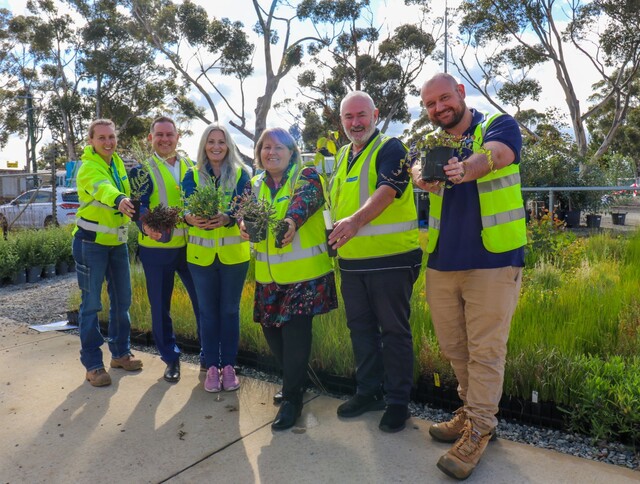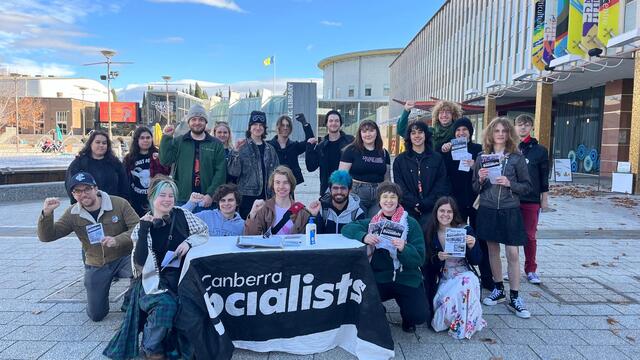By Sandra Cannon*
In spite of the introduction of Equal Employment Opportunity legislation 25 years ago women are still under represented in management, including Local Government.
As an industry, Local Government employs more staff than large corporations. It has a community leadership role and should be a driving force in ensuring decision making reflects the diversity of the community.
Furthermore there is an emerging view that diversity in the workplace creates many organisational benefits. These include higher quality decision making, increased capacity to satisfy clients, increased public confidence in the organisation, increased productivity and improved ability to attract talented people.
If Councils are to make good decisions on behalf of the community, decision makers should reflect community diversity, including representative numbers of women.
In Queensland, 84% of all senior Local Government management positions are held by men. Female Councillors now represent 31% of all elected members, however this figure does not reflect other issues such as turnover and roles.
An occupational breakdown of senior women in Queensland Local Government indicates there is a concentration of women in the Community and Cultural sector, while only two to seven percent of senior management positions, in areas such as finance and economic development, are held by women.
Local Government is faring little better than traditional male dominated industries such as mining where 87% of senior positions are held by males. At present rates, it is estimated it will take women 177 years to achieve equal representation. There are many good programs that can help to improve this situation.
The Municipal Association of Victoria is developing programs to attract more women Councillors; the South Australian Local Government Association has been involved in a six year project to provide a comprehensive and coordinated approach to the implementation of strategies for EEO target groups; and private sector organisations such as Telstra have programs to share.
However no programs will succeed without the support of the current CEOs and relevant industry groups. The starting point needs to be a growing ground swell of support identifying increasing diversity in the Local Government industry as a priority issue and the allocation of resources to begin to move forward.
The first stage would be a thorough analysis of the current Local Government profile in this area. This is not something that CEOs can delegate to the Human Resources managers, this requires true leadership and vision.
*Sandra Cannon has been involved in developing EEO strategies with the Western Australian Public Service. Currently she is Operations Manager Community Services with Rockhampton City Council.







